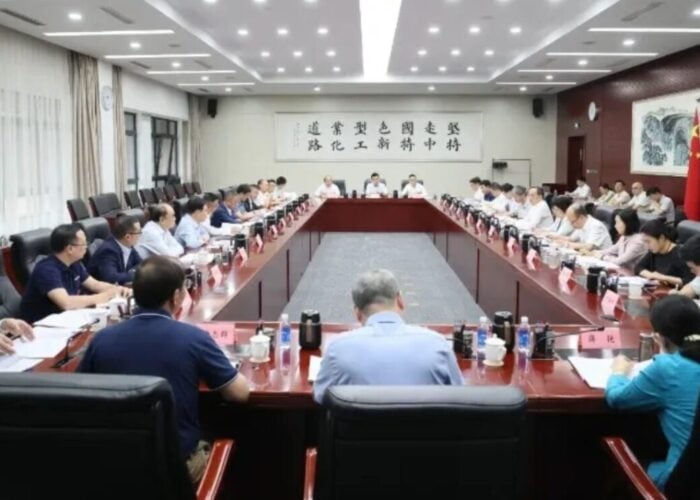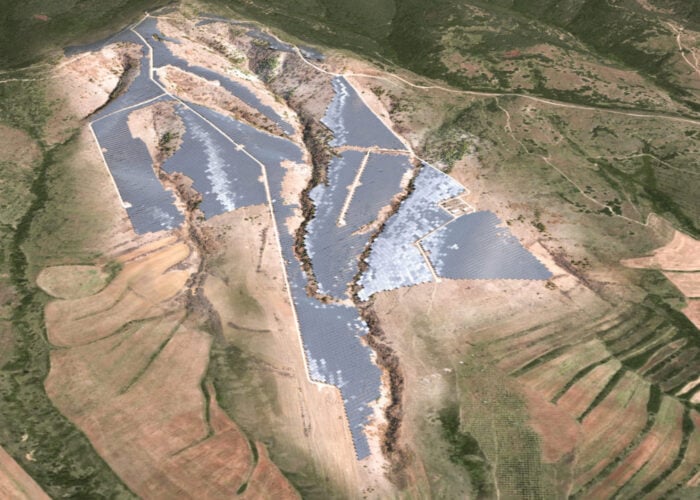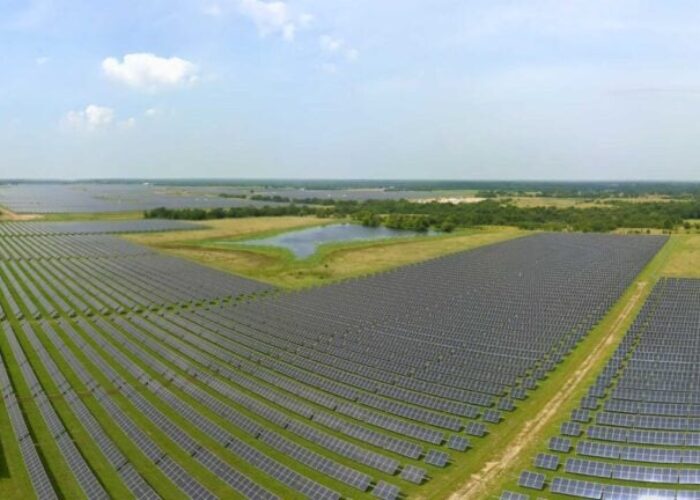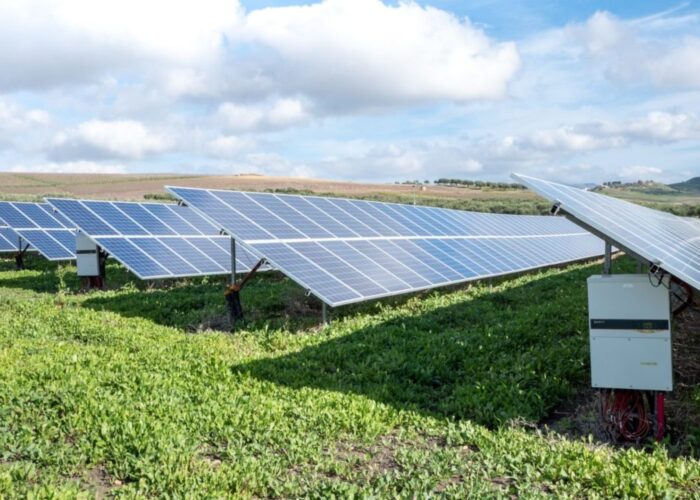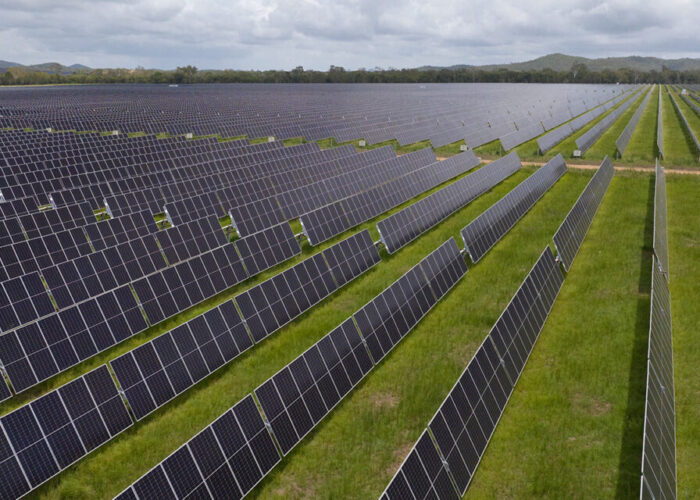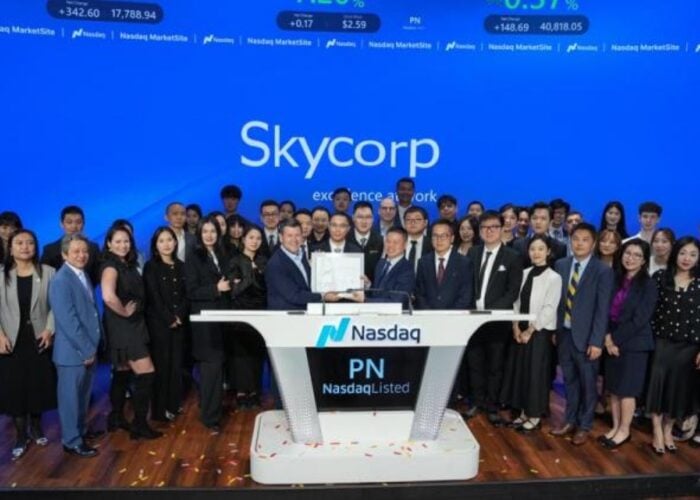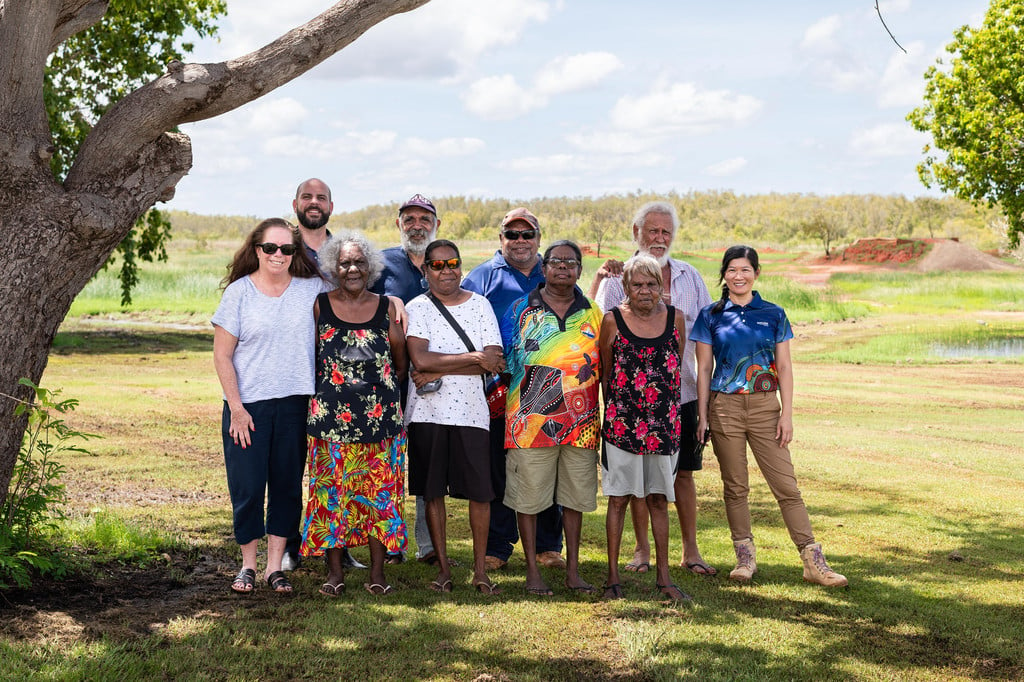
Horizon Power, Western Australia’s regional energy provider, has inked its first Indigenous Land Use Agreement (ILUA) with the Nyul Nyul people of Beagle Bay in Kimberley for a proposed solar PV development.
Under the agreement, Horizon Power will be able to access a four-hectare area of land to develop a “future energy system that will deliver increased renewable energy for the community”.
Unlock unlimited access for 12 whole months of distinctive global analysis
Photovoltaics International is now included.
- Regular insight and analysis of the industry’s biggest developments
- In-depth interviews with the industry’s leading figures
- Unlimited digital access to the PV Tech Power journal catalogue
- Unlimited digital access to the Photovoltaics International journal catalogue
- Access to more than 1,000 technical papers
- Discounts on Solar Media’s portfolio of events, in-person and virtual
Although no project details were disclosed, the Western Australian government stated that it is in its planning stages and is expected to “draw on the region’s significant solar resource”.
Western Australia’s energy minister Reece Whitby said the government will work closely with Traditional Owners to ensure the clean energy transition is “fair and equitable for all Western Australians”.
“This will ensure remote and regional residents have access to renewable energy so they can reap the benefits of cleaner power,” Whitby added.
Horizon Power will also offer broader support to the community as part of the agreement. This includes installing airstrip lighting to enhance safety for services such as the Royal Flying Doctor Service.
Divina D’Anna, a member of the Legislative Assembly of Western Australia, highlighted the project’s potential in providing regional communities with renewable energy.
“This is an exciting step for renewable energy in the Kimberley and I look forward to seeing more people in remote and regional locations reap the benefits of cleaner power. I am excited to see remote Aboriginal communities playing an important role in our transition to a clean energy future,” D’Anna said.
Aboriginal communities and solar PV developments
Partnerships between Aboriginal communities and project developers have been growing in number across Australia in the past couple of years, particularly in Western Australia.
Indeed, as PV Tech reported last month, British-Australian multinational mining company Rio Tinto said it was to build two 5.25MW solar farms in the Gove Peninsula of the Northern Territory, in Gumatj and Rirratjingu country, both Aboriginal communities, on Rio Tinto leases. This is following agreements with the Gumatj and Rirratjingu Traditional Owner Groups.
Alongside this, in October 2023, the mining major signed a memorandum of understanding with the Aboriginal energy partnership, Yindjibarndi Energy Corporation, to pursue the development of solar and wind projects in the Pilbara region of Western Australia.
It should also be noted that the rise in popularity and benefits of renewable energy generation, specifically solar PV in Western Australia, has seen Aboriginal communities develop their own large-scale clean energy projects.
In July 2023, the Aboriginal Clean Energy (ACE) Partnership reached agreements to develop a green hydrogen production facility powered by a 900MW solar PV plant.
The ACE was established by Indigenous organisations MG Corporation, Balanggarra Ventures, Kimberley Land Council, and climate change investment firm Pollination to design, develop, and manage the project.
The project will be developed on MG Corporation freehold land near Kununurra, Western Australia, and allows for “an integrated development process for heritage, native title, environmental and engineering approvals using true co-design and co-decision making from the partnership’s shareholders”.

